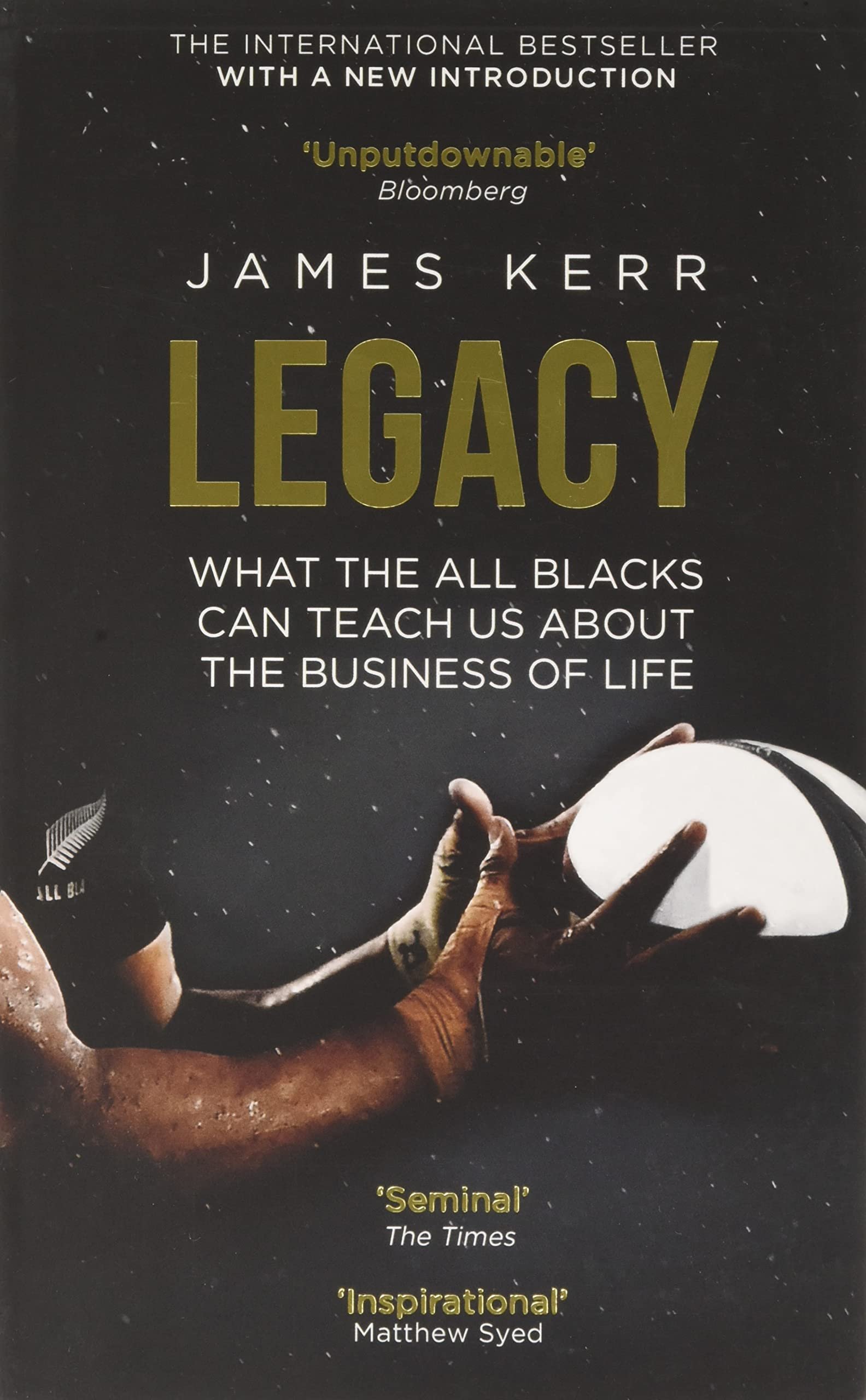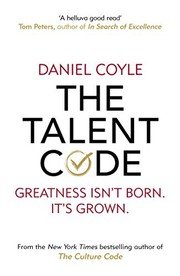“Small Sided Games” by Andreu Enrich 🇪🇸 is a must-read for any coach or player looking to improve their skills and understanding of the game. The book focuses on the use of small sided games as a training method, explaining the benefits and how to properly implement them into a practice plan.
One of the key points Enrich makes is the importance of adapting small sided games to fit the specific needs and goals of a team. He emphasizes the value of using these games to work on specific tactics and techniques, rather than just using them as a way to fill time during practice. The book provides a wide range of drills and games that can be modified to fit the needs of any team, making it a valuable resource for coaches at all levels.
One of the standout features of the book is the emphasis on player development. Enrich stresses the importance of creating an environment that allows players to take risks, make mistakes, and learn from them. He also emphasizes the importance of providing players with clear and specific feedback to help them understand their strengths and areas for improvement.
Another key aspect of the book is the focus on game-like situations. Enrich explains the benefits of using small sided games to replicate match situations and help players develop their decision-making skills. He also provides guidance on how to set up and manage these games to ensure that they are as realistic and effective as possible.
Overall, “Small Sided Games” is a comprehensive and practical guide to using small sided games as a training tool. It is well-written and easy to follow, making it accessible to coaches and players at all levels. If you are looking to improve your team’s performance and develop your players’ skills, this book is an essential resource.
3 takeaways from “Small Sided Games” by Andreu Enrich:
- Small sided games are a valuable training tool: The book explains the benefits of using small sided games as a way to improve players’ technical skills, decision-making abilities, and overall understanding of the game. These games can be tailored to fit the specific needs and goals of a team, making them a versatile and effective training method.
- Player development is key: Enrich emphasizes the importance of creating an environment that allows players to take risks, make mistakes, and learn from them. He also advises coaches to provide clear and specific feedback to help players understand their strengths and areas for improvement.
- Game-like situations are important: The book discusses the value of using small sided games to replicate match situations and help players develop their decision-making skills. It provides guidance on how to set up and manage these games to ensure that they are as realistic and effective as possible.



